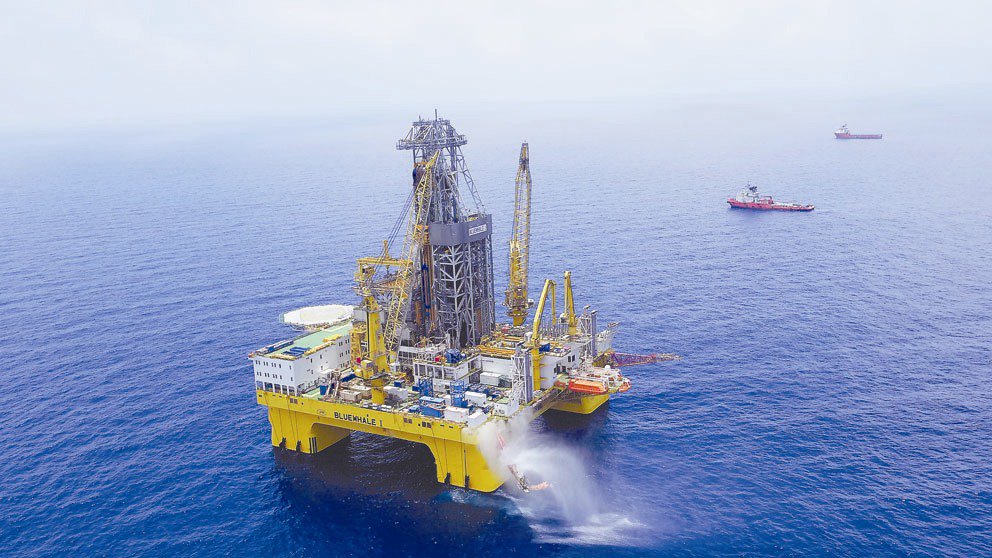China Great Wall Industry Corp lands Indonesian commercial satellite order
JAKARTA, Indonesia — China Great Wall Industry Corp. has clinched a contract with an Indonesian joint venture to build a replacement for a satellite that is running out of fuel early due to an underperformed Long March launch.
Palapa Satelit Nusantara Sejahtera, a joint venture of Indosat Ooredoo and Pasifik Satelit Nusantara (PSN), signed the contract for Palapa-N1, a high-throughput Ku-band satellite with 10 Gbps of capacity here May 17 with Beijing-based CGWIC, a subsidiary of China Aerospace Science and Technology Corporation.
CGWIC also received a non-binding agreement for a second satellite with PSN — a Ka-band high-throughput satellite called PSN-7 that would deliver 100 Gbps of capacity through 104 spot beams covering Indonesia, the Philippines and other Southeast Asian countries.
Palapa-N1 is the second commercial satellite that CGWIC has won with an established satellite operator in less than a year’s time. In October 2016, Thaicom purchased a Ka-band high-throughput satellite from CGWIC, proving the company’s intention and ability to compete more aggressively on the commercial market. Both are based on the DFH-4 platform.
CGWIC, the only company with the Chinese government’s approval to do commercial satellite manufacturing and launch, has primarily done business with entirely new satellite operators. The United States’ International Traffic in and Arms Regulations, known as ITAR, restrict American satellites, and satellites with certain American components, from launching on Chinese rockets — a rule that has largely isolated China on the international market, often prompting CGWIC to bundle satellite orders with launches to avoid this problem altogether.
According to Sun Weide, charge d’affaires of the Chinese Embassy in Indonesia, China and Indonesia have strengthened space ties through cooperation agreements signed in 2013 and 2015.
“I believe the signing of this very important agreement today between CGWIC and PSNS will create new opportunities and make a good example for our mutually beneficial cooperation,” Sun Weide, charge d’affaires of the Chinese Embassy in Indonesia, said May 17 here immediately preceding the contract signing.
Additionally, Surya University in Banten, Indonesia, is building a telecommunications cubesat with assistance from PSN and CGWIC.
Palapa-N1 is a replacement for Palapa-D, an Indosat satellite that initially failed to reach geostationary transfer orbit because of a subpar Long March 3B launch in 2009. Thales Alenia Space, manufacturer of the Palapa-D satellite, used some of the fuel initially meant for station-keeping to instead raise the satellite to its proper orbit. The orbit-raising maneuver shortened the satellite’s expected lifespan to 11 years instead of the typical 15.
In a more expansive agreement than other deals, CGWIC is providing not only the satellite and a Long March 3B launch, but also the ground control system, insurance and financing support for Palapa-N1.
PSN’s constellation plans
With Palapa-N1 and PSN-7, PSN CEO Adi Rahman Adiwoso said the operator is planning to have a fleet of four satellites in orbit by 2021.
“We will invest close to $900 million within the next four years,” he said. “Today three satellites are fully funded, and we are working to fund the fourth one.”
PSN-7 HTS coverage map
PSN coverage map for the PSN-7 high-throughput satellite. Credit: SpaceNews.
The funded satellites are PSN-6, a C- and Ku-band satellite ordered from Space Systems Loral in 2014 that is scheduled to launch next year on a SpaceX Falcon 9 rocket, the Palapa-N1 joint venture satellite, and the ageing Palapa-D. Adiwoso said PSN will seek to prolong the life of Palapa-D by moving it from 113 degrees east into a different orbit at 144 degrees east. Adiwoso said 70 percent of the capacity on PSN-6 is already sold.
These satellites, combined with the capacity of Indonesia’s other domestic operators, PT Telkom and Bank Rakyat Indonesia, will bring 150 Gbps of satellite capacity to the country, by Adiwoso’s estimate.
“I think 150 Gbps will bring the capabilities in Indonesia to reply to the demand growth,” he said. “There is still room for others to play in Indonesia, but I think we will start taking control like this
- See more at:


